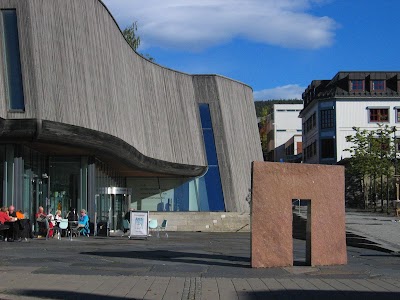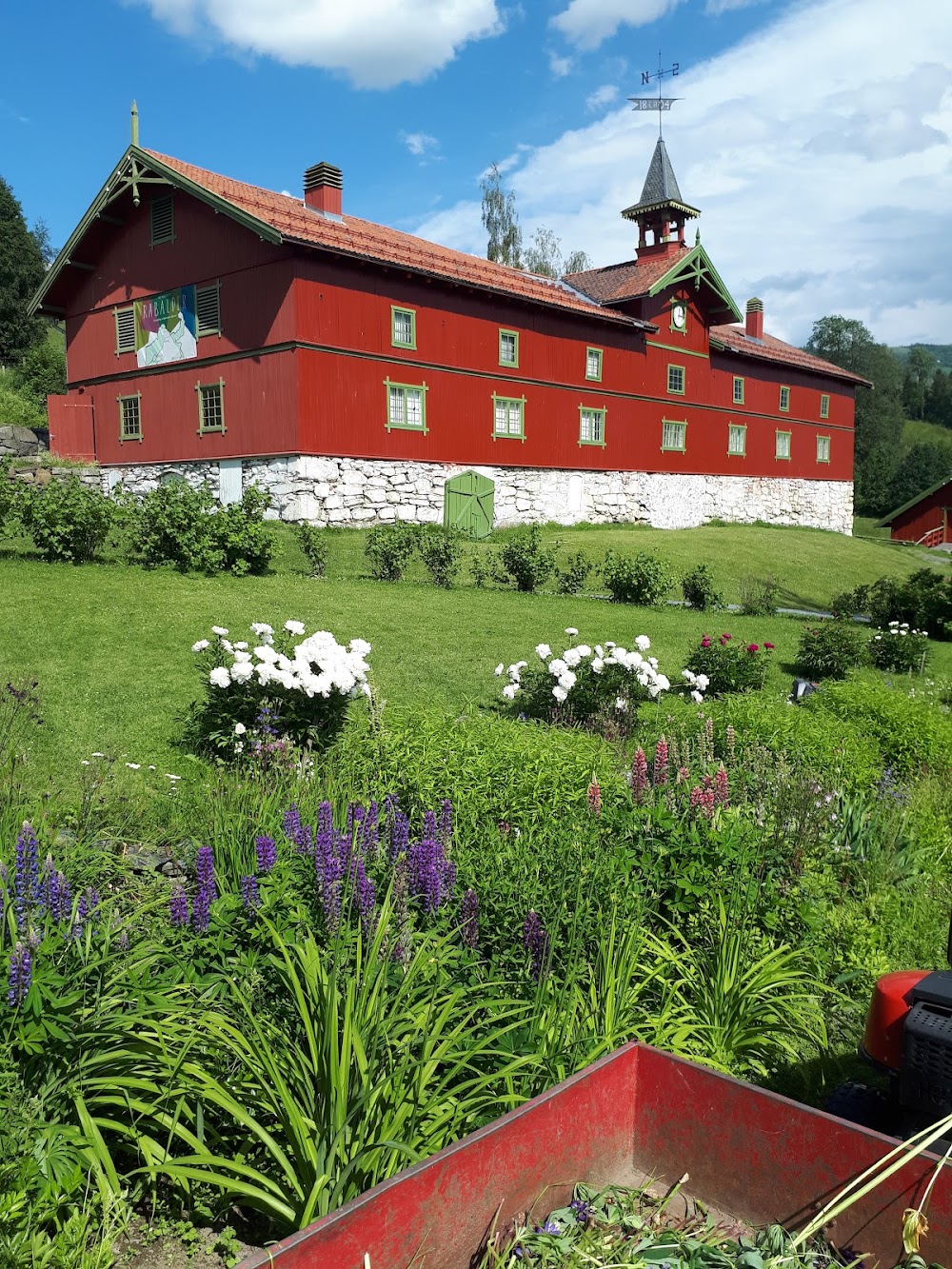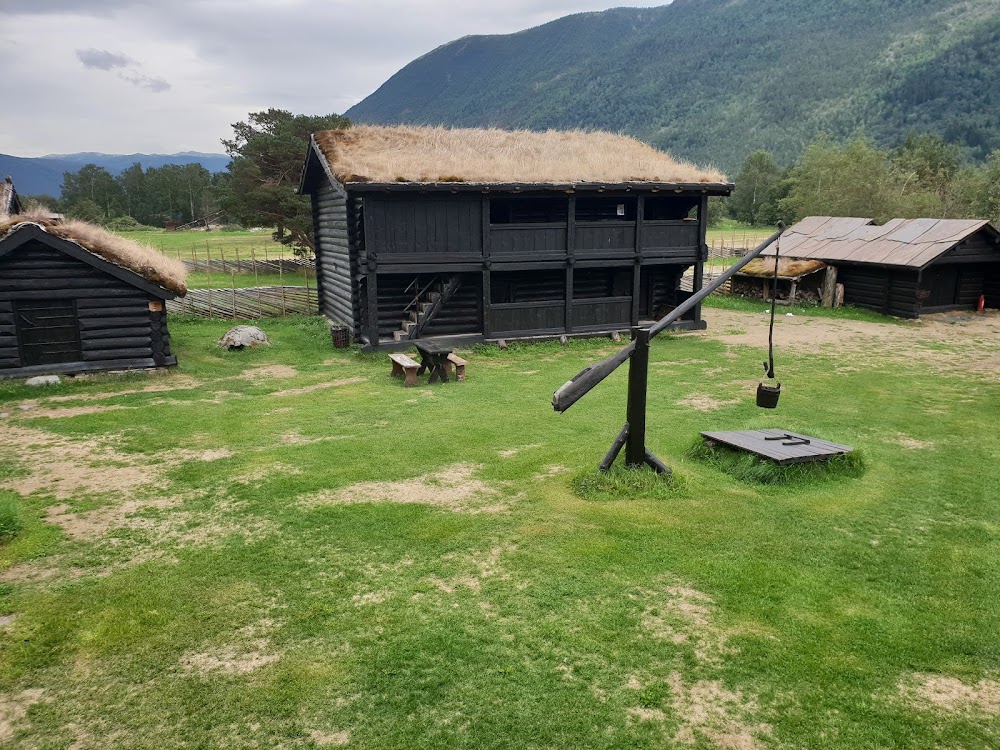Gudbrandsdalsmusea (Gudbrandsdalsmusea)
Overview
Nestled amid the breathtaking landscapes of Innlandet, Norway, Gudbrandsdalsmusea serves as a vibrant testament to the rich cultural heritage of the Gudbrandsdal region. This cultural beacon encapsulates centuries of history, tradition, and craftsmanship that define this picturesque part of the country.
The inception of Gudbrandsdalsmusea dates back to the early 1900s when local historians and cultural enthusiasts recognized the need to preserve and celebrate the valley's unique cultural legacy. The museum was conceived as a regional hub dedicated to safeguarding the area's heritage, reflecting the community's deep-rooted connection to its past.
Construction of the museum commenced shortly after the concept was established. Great care was taken to ensure that the building itself embodied traditional Norwegian architectural styles. Skilled craftsmen utilized local materials, such as timber and stone, to create a structure that harmonized beautifully with the surrounding environment. By employing iconic Norwegian building techniques, the museum was infused with authenticity and charm.
Officially opened to the public in the mid-20th century, Gudbrandsdalsmusea quickly became a focal point for the community. It attracted both locals and tourists alike, eager to explore its diverse exhibitions and artifacts. Each exhibit has been meticulously curated to provide a comprehensive overview of the area’s history, spanning from ancient times to the modern era.
Among the museum's main attractions is its extensive collection of folk art and artifacts. These pieces showcase the intricate craftsmanship of local artisans, highlighting traditional woodworking, textiles, and metalwork that have been lovingly passed down through generations. Visitors are often enchanted by the elaborate designs and the rich stories they tell about the lives and traditions of the people in Gudbrandsdal.
In addition to folk art, Gudbrandsdalsmusea features a significant array of historical artifacts. This includes ancient tools, agricultural equipment, and household items that vividly illustrate daily life in the valley across various eras. These displays offer a unique glimpse into the customs and resilience of the region's inhabitants, emphasizing their ingenuity and adaptability.
Another noteworthy section of the museum is dedicated to the region's unique architectural heritage. Here, visitors can explore detailed models and reconstructions of traditional Norwegian farmsteads, including the iconic “stabbur” and “lafting” structures. These exhibits not only highlight the architectural beauty of these buildings but also shed light on their practical and cultural significance.
Gudbrandsdalsmusea is continuously evolving, regularly updating its exhibits and hosting special events to engage visitors with fresh insights into Gudbrandsdal's history. Interactive workshops and educational programs are staples of the museum, fostering a deeper understanding and appreciation for cultural heritage among younger generations.
The museum's commitment to preserving local history extends well beyond its walls. Gudbrandsdalsmusea actively collaborates with regional historians, cultural institutions, and the local community to document and safeguard historical sites, traditions, and stories. This collective effort ensures that the rich cultural tapestry of Gudbrandsdal remains vibrant and intact for future generations.
Today, Gudbrandsdalsmusea stands as a cherished cultural landmark in Innlandet, Norway. It continues to draw visitors from near and far, inviting them to immerse themselves in the unique history and traditions of the valley. Through its thoughtfully curated collections and unwavering dedication to cultural preservation, the museum plays a vital role in keeping the spirit and heritage of Gudbrandsdal alive for all to explore and cherish.









